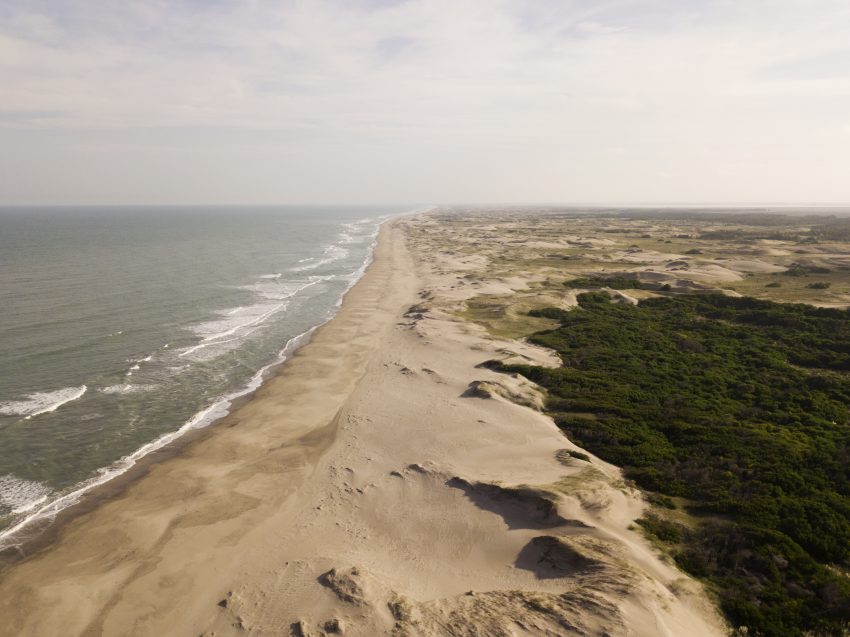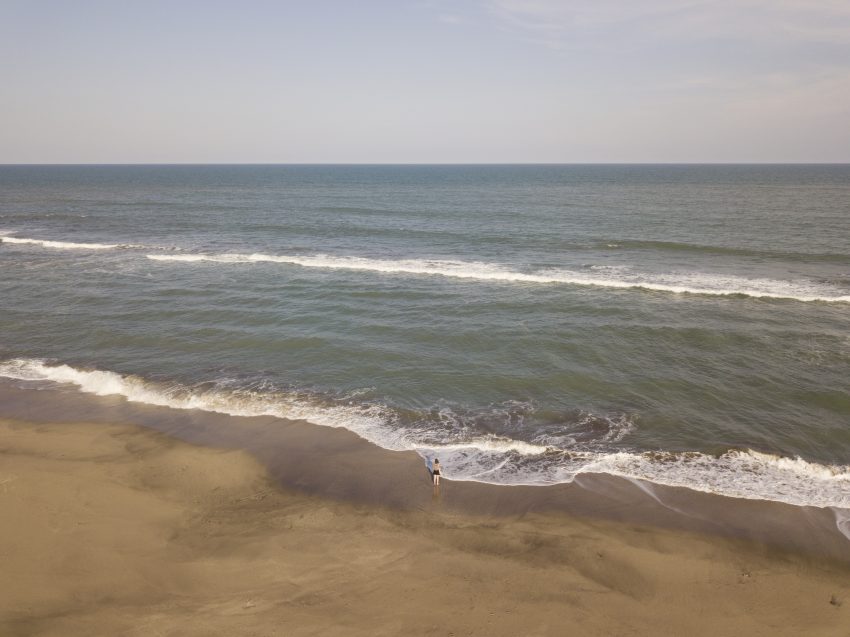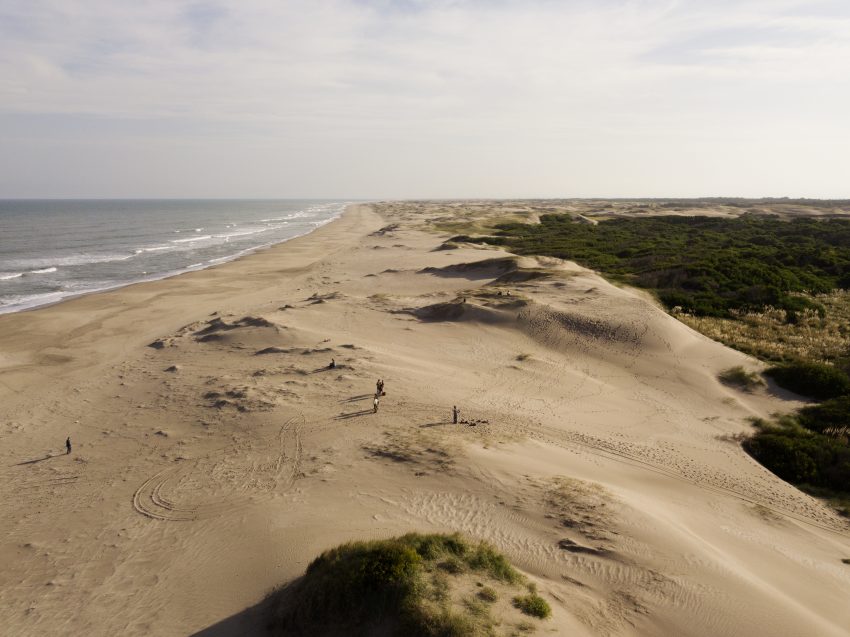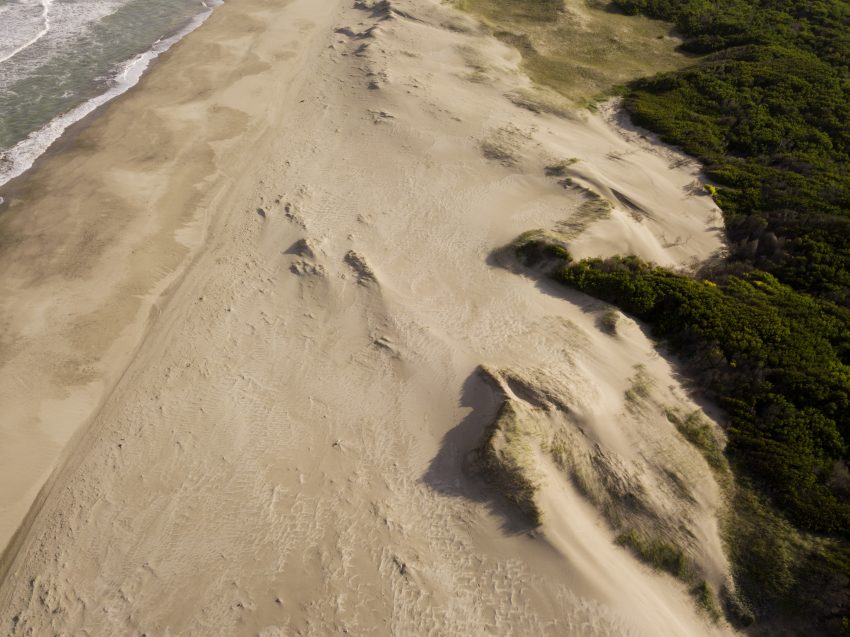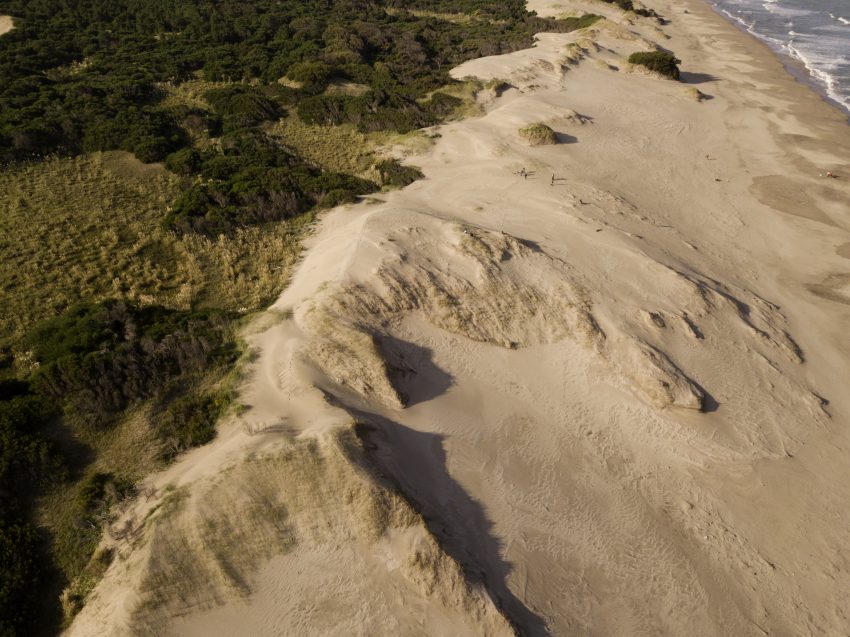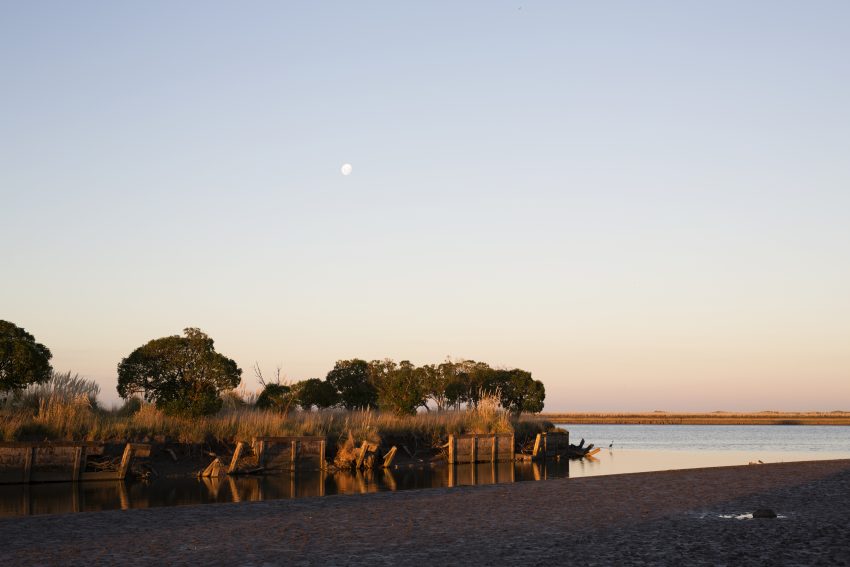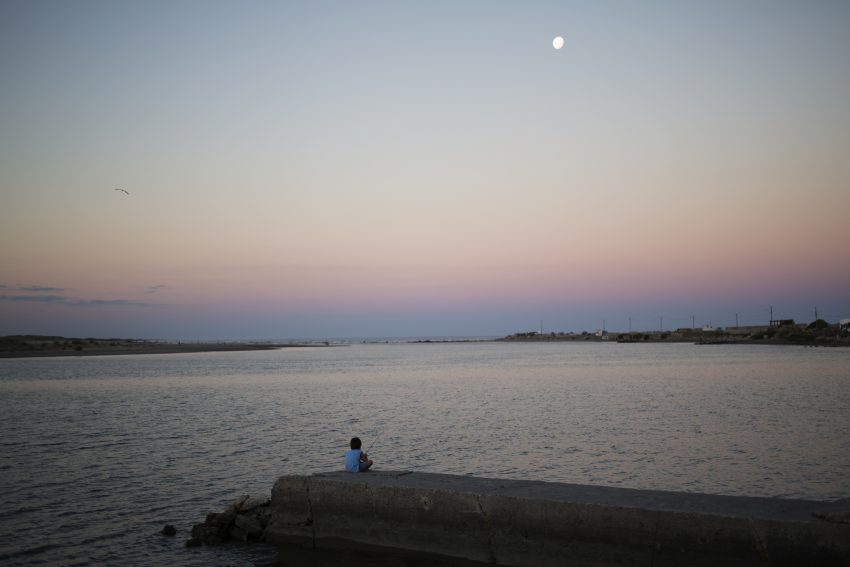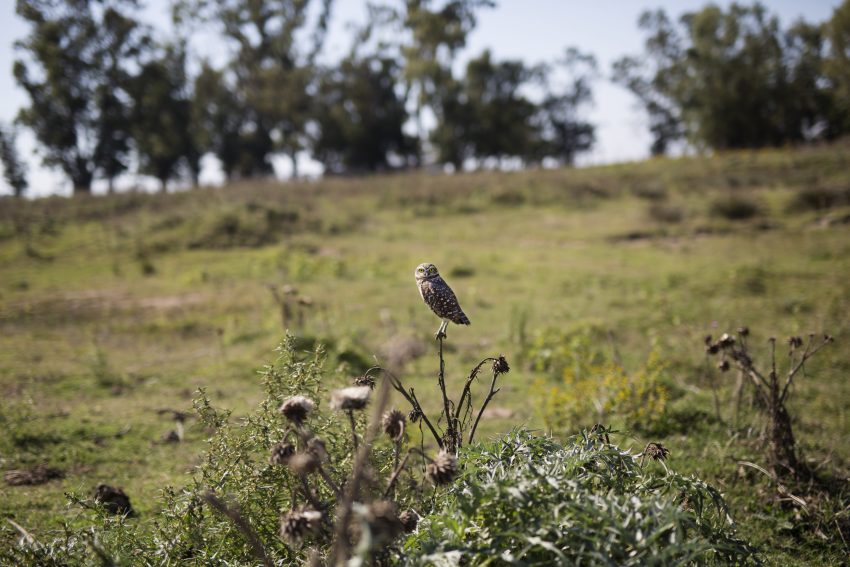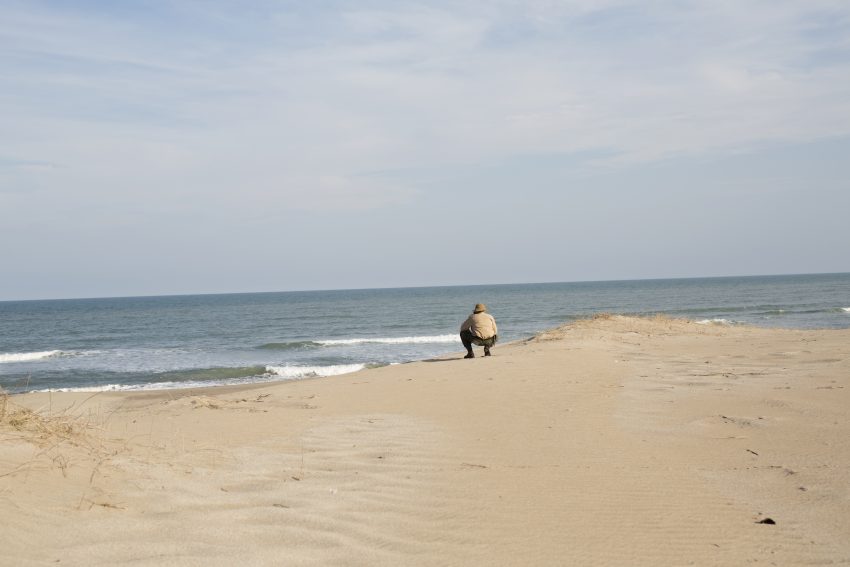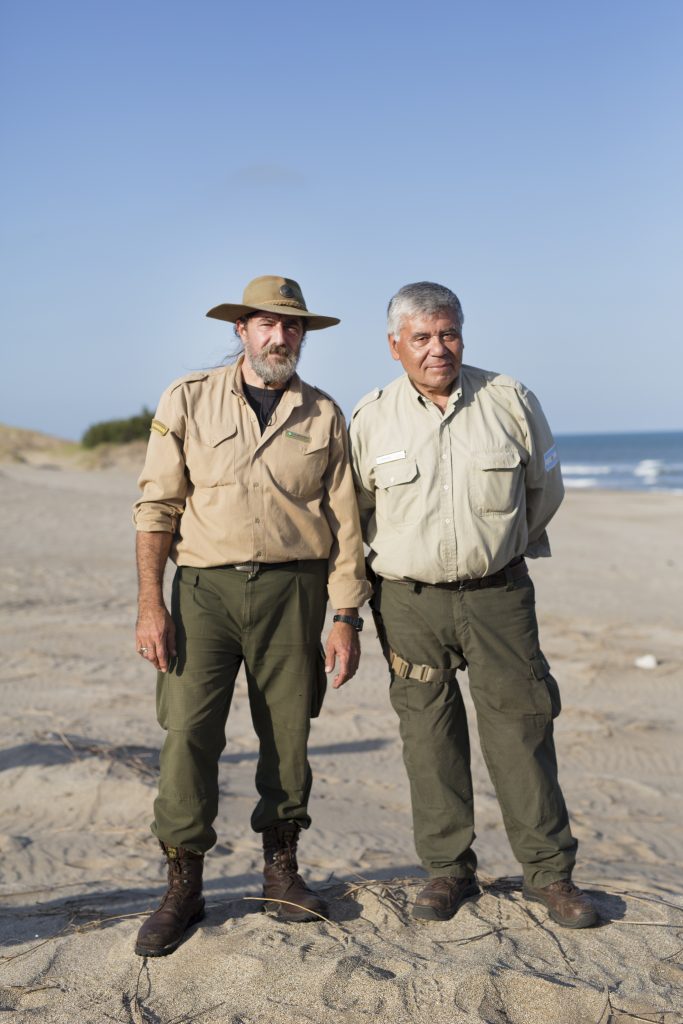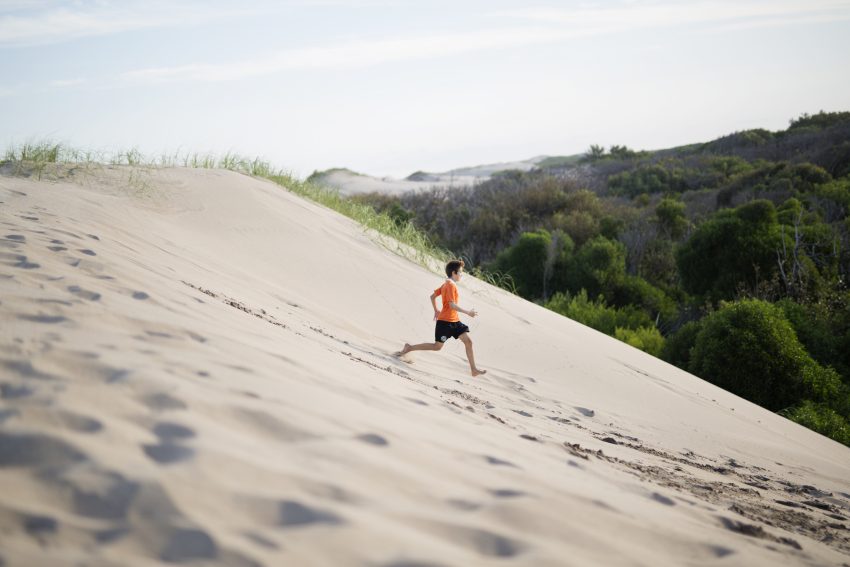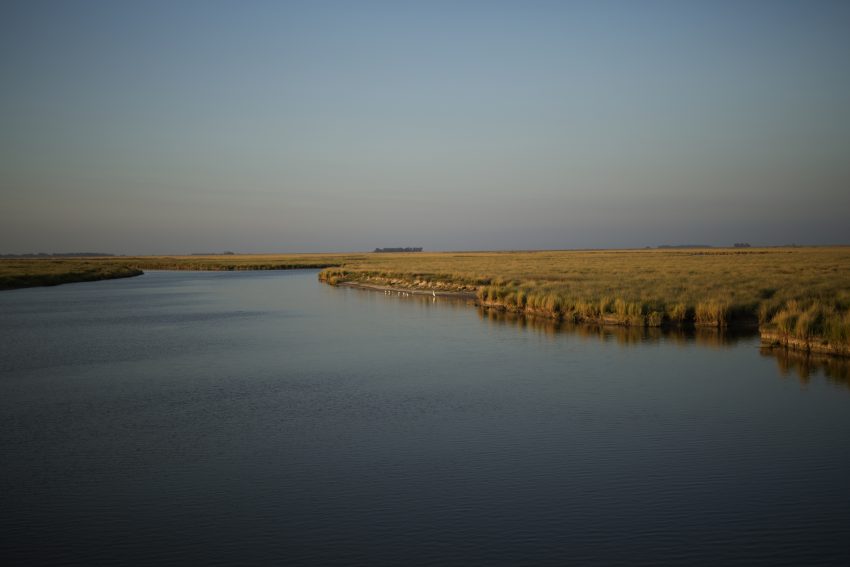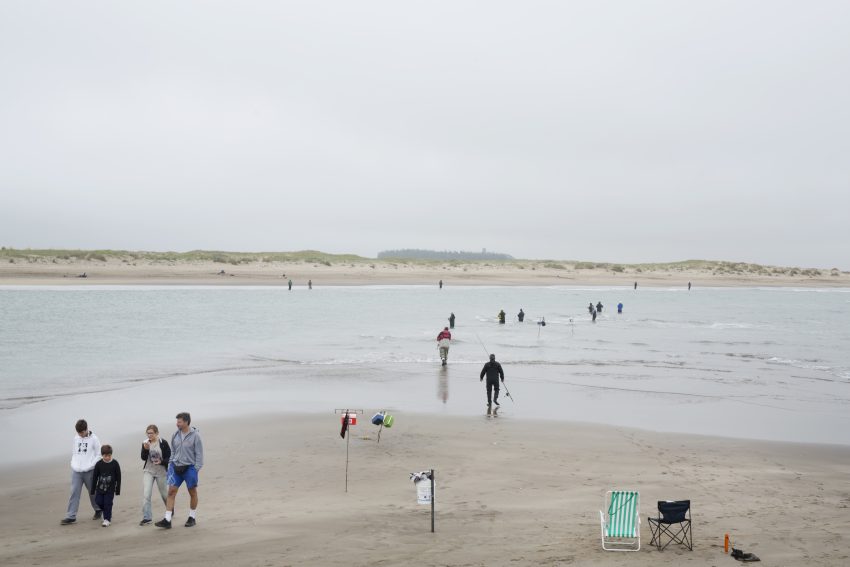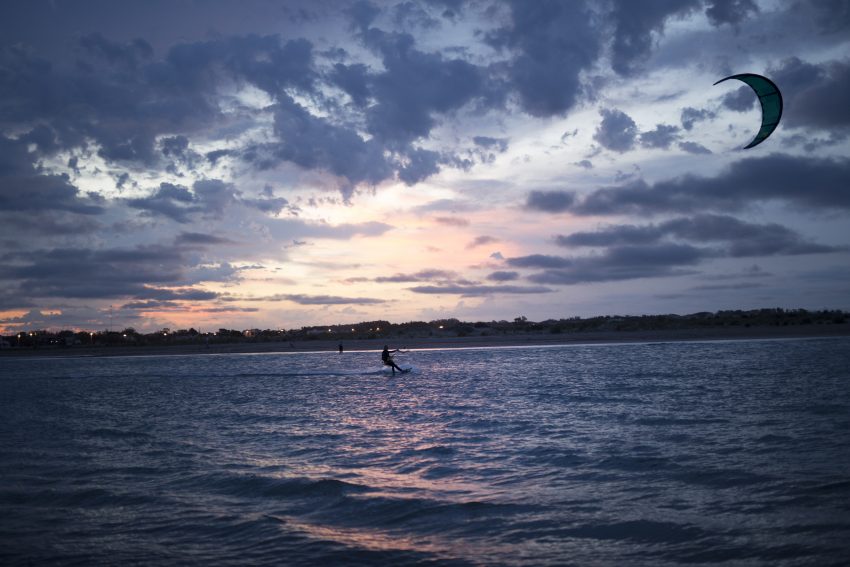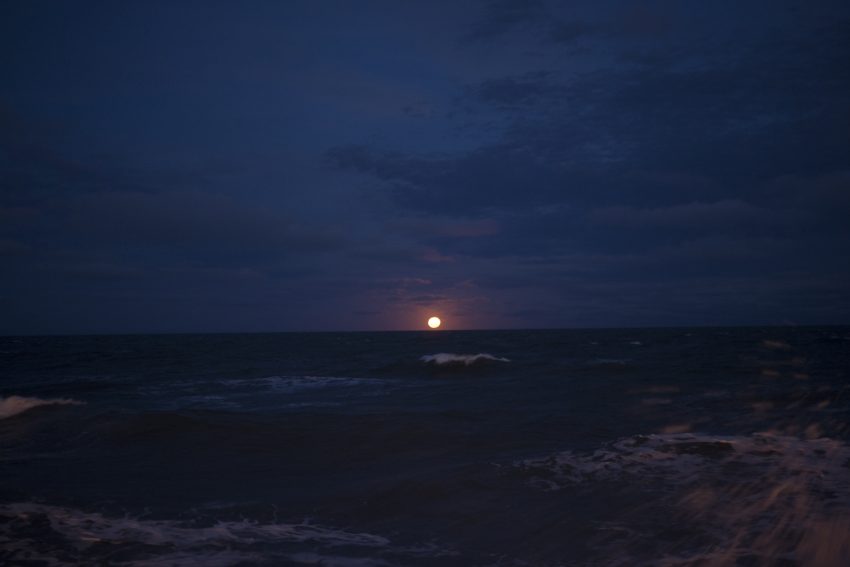
Due to its enormous size, Argentina is immensely diverse in terms of landscapes. The country consists of different climate zones from subtropical along the Brazilian jungle border in the north, to subpolar in the south with Ushuaia located about 1000 km from Antarctica. In between, the terrain offers the green Pampas and swamps, the Andes mountain range of the impressive Inka empire, salt deserts with gigantic cactus, cold glaciers and turquoise lakes. Less known for gringos associating neighbor Brazil with beach life, are the Argentine beaches. That said, the almost 5000 kilometers long coastline has hundreds of kilometers of large sand dunes separating the fertile farmland from the Atlantic Ocean. The best part is that this sandy land are only a few hours from the capital where the wide Río de la Plata meets the ocean and turns from grey, muddy water to deep, extensive blue.
The ultimate beach city of Argentina, having the oldest beach resort build in 1874, is Mar del Plata. Located about five hours south of Buenos Aires, the city is famous for hosting something that feels like half of the porteños, the capital residents, in summer time. These urban beaches get packed and being a city, the night life and theaters explode in these warm months of January and February. Luckily, there are plenty of smaller spots combining sand dunes, pine forests and beaches to visit also. Pinamar, Miramar and Villa Gesell are all hot spots for visitors offering sea food, wind surfing and other water sports, beach time, whale watching, dolphins and kayoing.
Being windy and small, the village of Mar Chiquita is a quiet secret off the beaten track. The town is home to a natural reserve consisting of a 35 kilometer long lagoon called Albúfera Mar Chiquita. The albúfera is an unique natural phenomenon only existing a few places in the world. Made up of small creeks mixed with seawater, the albúfera absorbs and drains seawater depending on the tides. Like Spanish words starting with “al”, like álgebra, algodón and almohada, albúfera also has Arabic origin, coming from al-buhayra meaning “the small sea”. Shaping an ecosystem with over 220 bird species with some 86 of them stopping by to feed on their migratory bird route along the coastline, the place is popular among bird watchers and photographers. Because of the wild wind, this is also the very spot to try wind surfing in Argentina.
Buses to Mar Chiquita goes every days from Retiro Bus Station in Buenos Aires.
-Hilda-
